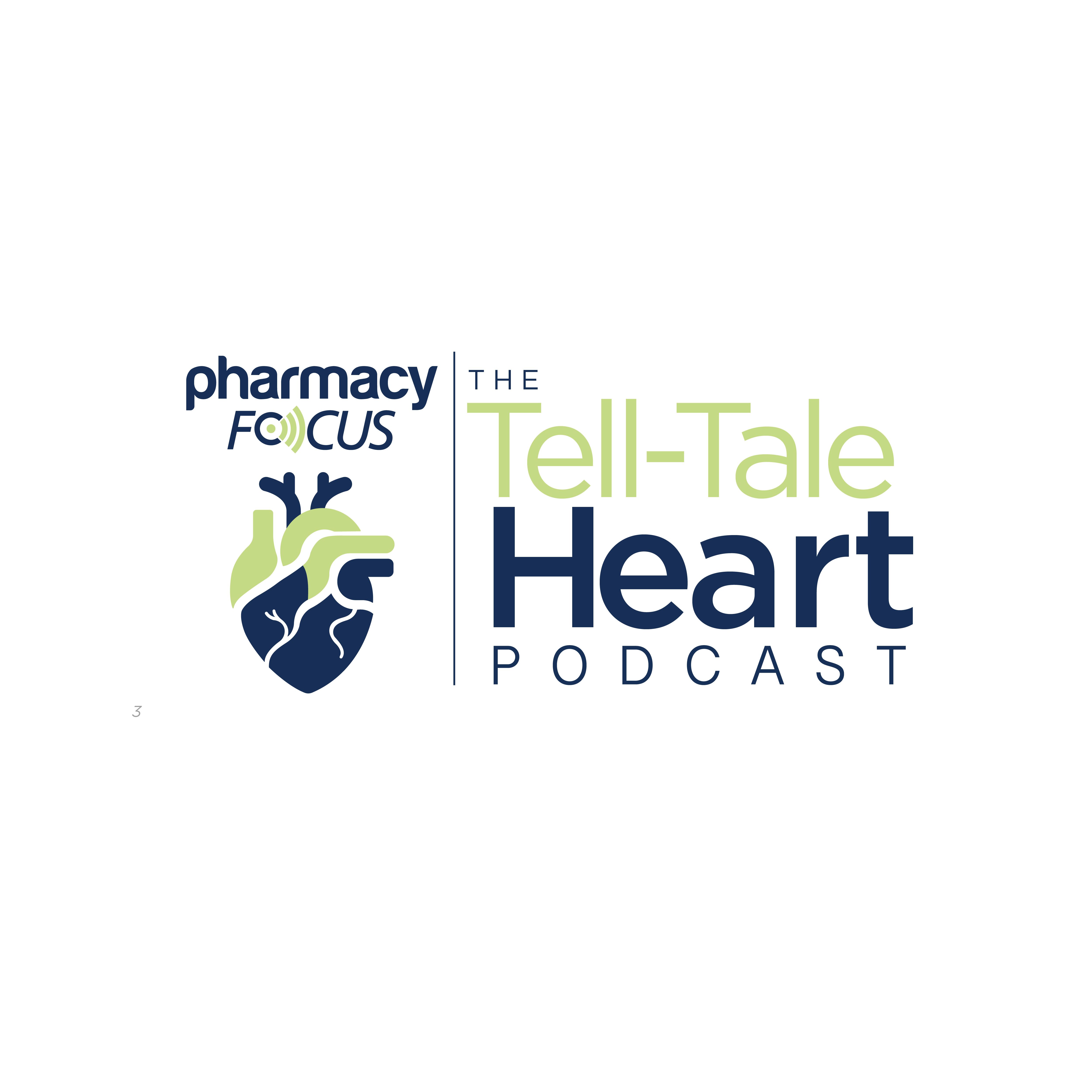News
Video
Exploring the Vascular Benefits of Semaglutide in Peripheral Artery Disease
Key Takeaways
- The STRIDE trial demonstrated semaglutide's significant improvement in walking distance for patients with type 2 diabetes and PAD.
- Semaglutide's benefits may extend beyond weight loss, potentially involving anti-inflammatory effects and improved hemodynamics.
Marc Bonaca, MD, PHH, FACC discussed semaglutide’s potential benefits for non-diabetic patients with peripheral artery disease.
In an interview with Pharmacy Times®, Marc Bonaca, MD, PHH, FACC, a vascular medicine & cardiology doctor at the University of Colorado, shared insights from the STRIDE trial (NCT04560998) and explored unanswered questions about semaglutide’s potential in treating peripheral artery disease (PAD). Although the trial showed significant benefits in patients with diabetes, Bonaca delves into the drug's effects on non-diabetic PAD patients and the ongoing need for research into its mechanisms.1
Pharmacy Times: What was the primary motivation for investigating semaglutide’s effects on functional capacity in patients with type 2 diabetes (T2D) and PAD?
Marc Bonaca, MD, MPH, FACC: PAD is a common form of atherosclerotic vascular disease that severely impairs patients' functional status. Among the most challenging cases to treat are those with diabetes, as they often develop small vessel disease below the knee—an area where effective interventional and medical therapies are limited. As GLP-1 receptor agonists began undergoing clinical trials, emerging data suggested potential anti-inflammatory benefits and reductions in major adverse cardiovascular events (MACE). Notably, the LEADER trial (NCT01179048) with liraglutide (Victoza; Novo Nordisk) indicated a possible reduction in diabetic foot ulcer-related amputations. These findings led us to explore whether GLP-1 (glucagon-like peptide-1) receptor agonists could play a role in addressing the complex biology of PAD—potentially improving walking ability, enhancing quality of life, and slowing disease progression to invasive procedures and complications.2
Pharmacy Times: What were the primary results of the STRIDE trial, and how clinically significant are these findings?
Bonaca: The STRIDE trial was designed to evaluate one year of treatment with semaglutide (1 mg, subcutaneous weekly), with the primary end point being walking distance on a constant-load treadmill. The results showed a statistically significant improvement, which became evident at six months and continued through the one-year mark. On average, patients experienced a 40-meter increase in walking distance. To put this into context, in six-minute walk trials, a 20-meter improvement is considered clinically meaningful—this effect was double that. Moreover, the test was conducted on a 12% grade, which requires about twice the effort of walking on a flat surface, highlighting the substantial magnitude of benefit. Additionally, an anchor measure was used within the trial to assess patient-perceived improvement, which demonstrated a highly statistically significant clinical benefit.
Pharmacy Times: What is the proposed mechanism by which semaglutide may improve functional capacity in this patient population with both T2D and PAD?
Bonaca: That’s a great question. As for the mechanism, I can tell you what it’s not. This population was not obese; the median BMI was 28, and more than a third had a BMI less than 27, yet the benefits were consistent across all BMI levels. When we examined the relationship between weight change and function, there was an association, but it was weak and insufficient to explain the magnitude of the benefits. It wasn’t solely a weight difference, although that could contribute to some of the positive effects. We believe these therapies act on multiple axes of risk, and one important factor is inflammation. Currently, we don’t have anti-inflammatory drugs specifically for this condition, but we know inflammation plays a critical role in disease progression, which could be a key element here. STRIDE clearly showed that, in the population studied, the therapy helped people walk better, feel better, improve their quality of life, enhance hemodynamics, and even reduce progression leading to complications.
Pharmacy Times: What are the biggest unanswered questions following the STRIDE trial? What are next steps?
Bonaca: The answer from STRIDE was clear, but we still have other questions to explore. For instance, what about patients with peripheral artery disease who don’t have diabetes? The observed increase in Ankle-Brachial Index and the fact that this wasn’t related to weight change strongly suggest that this is a vascular-targeting drug, which should offer benefits even in patients without diabetes. That’s one of the unanswered questions. Additionally, there’s still more work to be done to understand the mechanism, as you mentioned. Gaining clarity on this could provide valuable insights for future therapies as we work to better modify outcomes in PAD.
REFERENCES
1. A research study to compare a medicine called semaglutide against placebo in people with peripheral arterial disease and type 2 diabetes (STRIDE). Updated March 25, 2025. Accessed March 30, 2025. https://clinicaltrials.gov/study/NCT04560998
2. Liraglutide effect and action in diabetes: evaluation of cardiovascular outcome results (LEADER®). Updated July 17, 2019. Accessed March 30, 2025. https://clinicaltrials.gov/study/NCT01179048

FDA Approves Dupilumab, Marking First Targeted Therapy in a Decade for Chronic Spontaneous Urticaria




